Sustainable Fashion has come a long way, from addressing environmental concerns as product differentiators to implementing sustainability as an industrial practice. Slow Fashion is an effective and popular alternative to rapid fashion. In the realm of sustainable fashion, there are numerous concepts, and it is simple to become confused when some of them appear to overlap. So, what precisely is slow fashion,’ and how does it differ from sustainable Fashion?
What exactly is Slow Fashion?
Fast Fashion is the antithesis of leisurely fashion and involves a fashion awareness and approach that takes into account the processes and resources required to produce garments. It encourages the purchase of longer-lasting, higher-quality garments and the ethical treatment of people, animals, and the environment. It is deliberate, deliberate, and comprehensive. It is also an argument for reining in excessive production, overly complex supply chains, and senseless consumption.
Slow Fashion and Ethical Fashion share many similarities. They are movements that adhere to the same fundamental tenets. Fashion is distinguished from rapid fashion by its emphasis on reducing consumption and production.
Beginning of Slow Fashion
A tide of change has swept through the women fashion industry over the past decade. A growing number of brands are rejecting the principles of rapid fashion in favor of a more environmentally friendly approach to apparel production.
Slow Fashion emerged roughly 20 years ago in contrast to the fast-fashion model, resulting in inexpensive clothing and shorter trend cycles. Despite ongoing sustainability efforts to complete the fashion cycle, continue to fire tons and tons of unsold clothing each year, making it clear that this ideology is an integral part of the movement as a whole.
Important Qualities of Slow Fashion Brands
The Slow Fashion movement’s values call for a complete reform of consumption and production, from high-end to independent designers. At your nuptials, you can make a difference by selecting a Sustainable nuptials Dress.
This strategy has prompted numerous changes, most notably in apparel production and consumption patterns. Slow Fashion has garnered popularity in recent years as consumers have become more conscious of the need for higher ethical and sustainability standards.
Made from eco-friendly, high-quality materials such as linen
Typically sold in smaller (local) stores as opposed to major chain stores.
Locally sourced, manufactured, and sold garments.
Clothing is more timeless than fashionable
Frequent made-to-order production to reduce waste. Few, distinct designs per collection, disseminated no more than twice or thrice per year, or a seasonless collection.
What is the difference between Ethical Fashion and Sustainable Fashion?
There appear to be numerous misconceptions regarding the distinctions between gradual, ethical, and sustainable fashion. Given the similarities, this is understandable; sustainable Fashion cannot be sustainable without being ethical, and neither can slow Fashion.
Their concentration distinguishes them. Ethical Fashion is frequently concerned with human and animal liberties, whereas sustainable Fashion is frequently concerned with the impact on the environment. Slow, ethical, and sustainable Fashion all refer to aspirational objectives, such as reevaluating our relationship with apparel, but Fashion combines a brand’s practices with a customer’s purchasing habits. The movement aims to establish an industry that is beneficial to the planet and all of humanity.
How can one engage in Slow Fashion?
Consider before you buy: Begin by resisting the urge to make a spur-of-the-moment purchase. Consider your existing attire before purchasing a pair of shoes that does not complement anything you already own. When you’re in the market for something new, you should consider secondhand applications and thrift stores first.
Beware of authoritative guides: Keep an eye out for expert guides on ethical and sustainable clothing brands, ethical shoes, affordable (Ethical) clothing brands, and organic clothing brands.
Conduct Research: If you discover a new slow fashion brand, do your research to ensure you’re making a wise investment. Examine the website of the brand for information on the design process. Is it gradual, ethical, and long-term for all parties? Are the manufacturing procedure and location disclosed? How many collections does the brand release annually? Such questions will reveal whether or not a company delivers on its promises.
Create a new closet: This inventory method requires you to be truthful about the apparel that fits your lifestyle. A capsule wardrobe consists of a few pieces. The apparel must be both functional and stylish.
Several Slow Fashion Labels
If you’re searching for slow fashion items, these firms use fair practices for their environmental, ethical, and animal impacts and are excellent starting points:
Conclusion
Slow Fashion is acquiring popularity, women but it has a long way to go before it becomes mainstream. To support the slow fashion movement, we must join a developing community that sees past the “attraction” of fast Fashion‘s low prices and rapid turnover. By refining our inventories and focusing on quality rather than quantity, we can maintain an awareness of what a brand truly represents.

